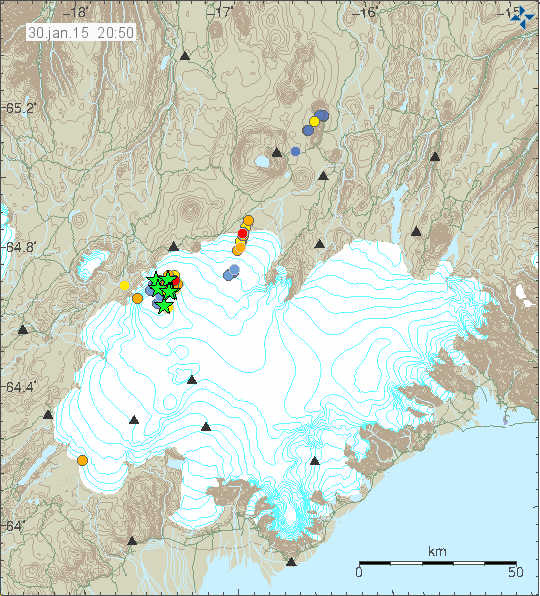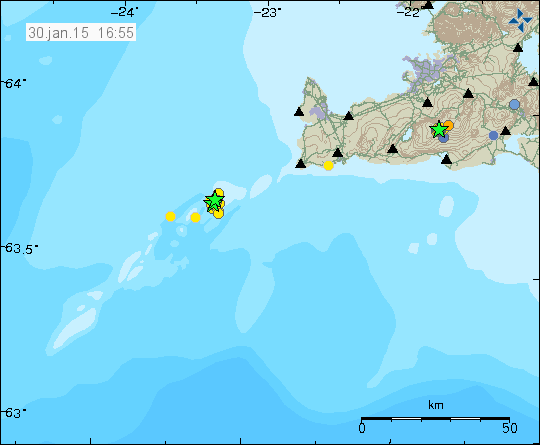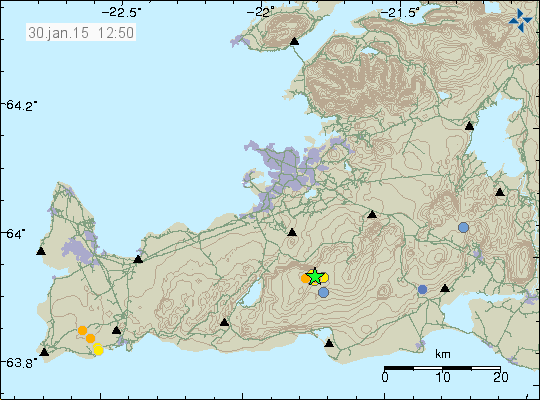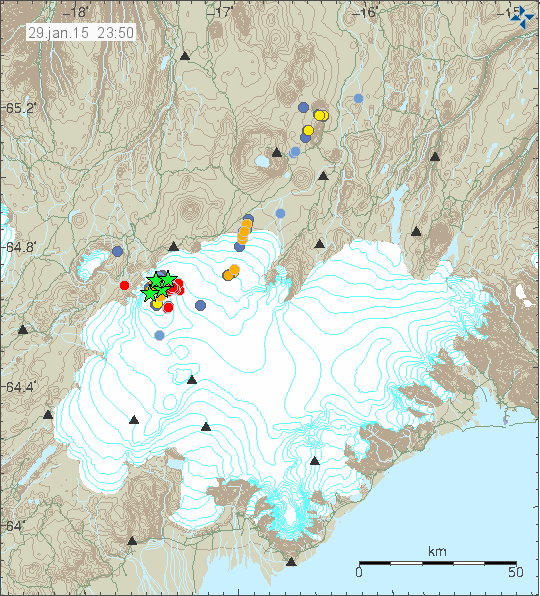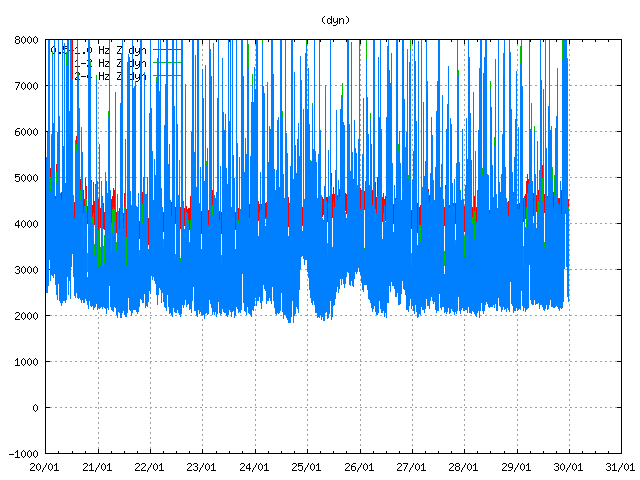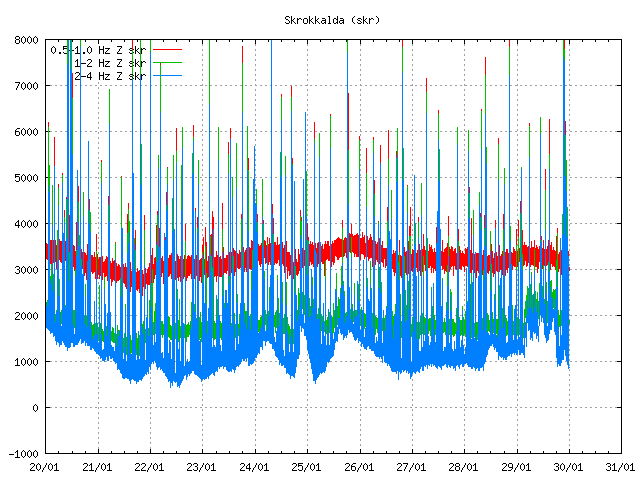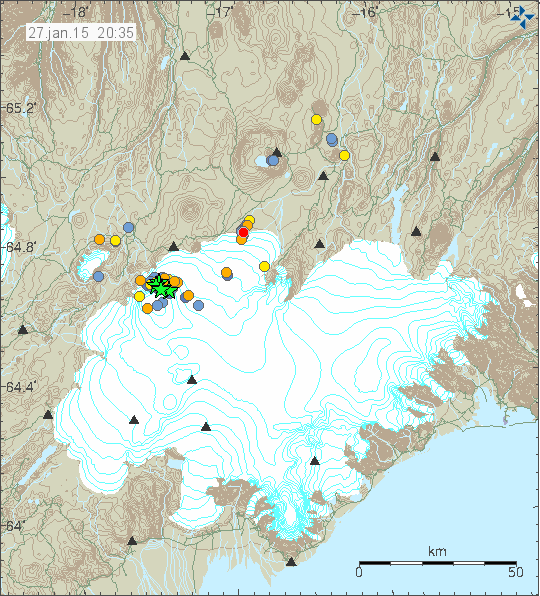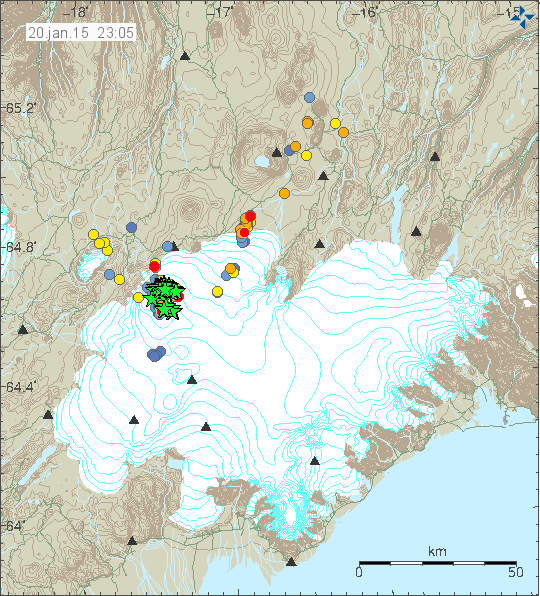Current activity in Bárðarbunga volcano remains the same. The eruption in Holuhraun continues, at bit slower rate now than it was some ten days ago according to latest news. This is not surprising, since last eruption in Bárðarbunga volcano that was like this only lasted for around 8 months. That formed the craters named Tröllagígar (more information at the end of this article). Flow of lava out of the crater is now estimated to be around 60m³/sec. It was also noted in the news that cauldrons in the glacier on top of Bárðarbunga volcano have been getting deeper in past few weeks, this means the area and the volcano it self is getting hotter. This means that magma has risen up along the caldera rim and warmed up the crust. This is important since magma cannot warm up the crust like this unless it is shallow, less depth then 2 km and in some areas less then 1 km. One reason why Holuhraun eruption might be coming to a end is that the magma has found a new and easier path up to the surface. The magma appears to be deep sourced and that is a problem, since it is harder to impossible to monitor and speculate on deep magma chamber. Since shallower magma chambers can often be monitored by earthquake activity, there is no such thing for magma chambers on more depth then 20 km in the crust.
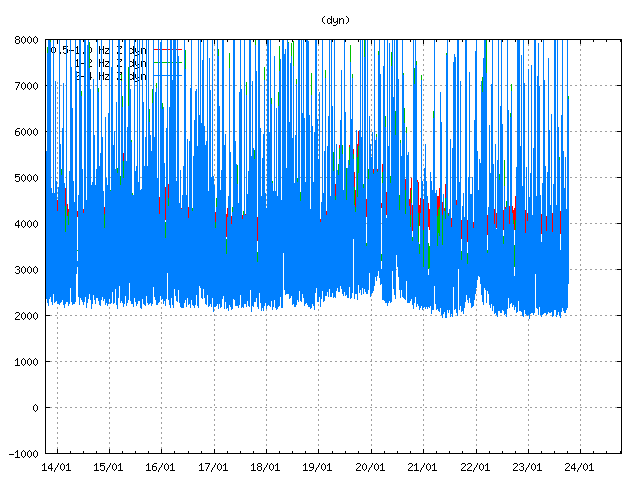
Harmonic tremor in the past few days from the eruption in Holuhraun. Drops in harmonic tremor are sign of drop in the eruption. The eruption is now fluctuating (in my view) that at times stroke activity (the little that is) is possibly stopping at times. Copyright of this image belongs to Icelandic Met Office.
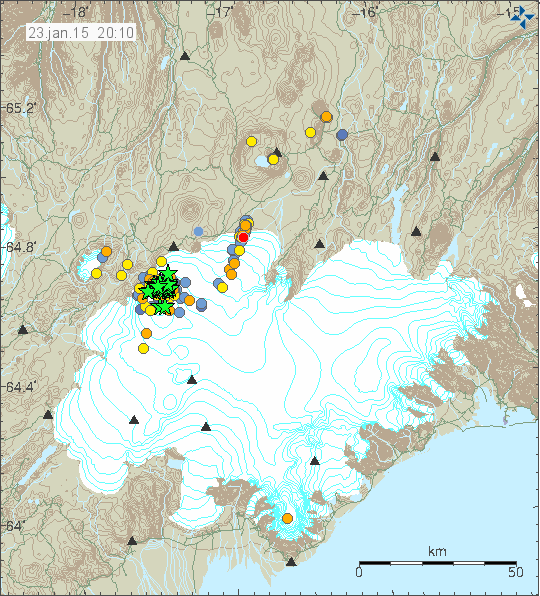
Earthquake activity in Bárðarbunga volcano for the past 48 hours. Copyright of this image belongs to Icelandic Met Office.
Earthquake activity remains around the same in Bárðarbunga volcano for the past 48 hours. There has not been a magnitude 5,0 or larger earthquake in the past 15 days according to latest news. Earthquake activity remains high in Bárðarbunga volcano. This earthquake activity has however been dropping since August-2014 when it was peaking around 12.000 earthquakes a week (around 3000 earthquakes a day).
The rifting event
When the eruption in Holuhraun ends, it is just going to mean that the Holuhraun eruption has ended. The rifting is going to continue for a long time after the eruption has ended. The models that I work with (in my head, I don’t got a supercomputer) suggest that it might migrate south along Bárðarbunga volcano fissure swarm. This is difficult to predict for sure, but there are data (cracks in the ground forming over the past few years) suggesting that a large area is going to rift. This rifting is going to start eruptions, both short and long along this area. Part of this eruption risk area is under thick glacier (Vatnajökull glacier). That is going to start glacier flood that area going to damage everything in there path.
What is also impossible to know for sure is how long this rifting is going to last. Past episodes suggest that active periods like this normally last from 5 – 10 years. Sometimes shorter and sometimes longer, depending on how long it has been since last rifting episode took place. Last rifting episode in this area might been ~100 years ago in part of the system. I don’t know this for sure, but this is what the data suggests.
Tröllagíar crater information
Veiðivötn (need.is)
Vatnajökull national Park (uef.fi, 39 page pdf document)
Old paper and chemical analyse of eruptions in 18th century in Bárðarbunga (or that area). (timarit.is, Icelandic, part in English)
Field trip to Veiðivötn – Heljargjá – Jökulheimar (earth.leeds.ac.uk, pdf file)
Icelandic News
Gosinu í Holuhrauni gæti lokið á næstu vikum (Vísir.is, Icelandic)
Dregið hefur úr virkni gossins á yfirborði (Vísir.is, Icelandic)
Mikil virkni enn í Bárðarbungu (mbl.is, Icelandic)
Donations
I am currently waiting for PayPal to finish validating my new account in accordance with EU anti-money laundry rules. I don’t know how long this process is going to take. I hope it won’t be long. While that happens, I want to point out that it is possible to support my work by buying from Amazon (select your area before you shop) or by support my work directly by bank transfer. Information on donations with bank transfer can be found on “Donations” site. Thanks for the support. 🙂
Comments
Please keep comments on topic (minor off-topic is ok if you get bored, but I recommend youtube or some game if you get bored). Please do not flame. I want to point out that nobody has clear idea what is going in Bárðarbunga volcano. Often nobody knows for sure what is going on in Bárðarbunga volcano.
Article updated at 21:36 UTC.
